The Philodendron Green Congo Variegated is a beautiful tropical houseplant that has become increasingly popular in recent years for its uniquely patterned foliage. This plant is known for its large, glossy leaves that are green with bold white or yellow variegation. Here we will explore 6 of the rarer and more interesting features that make this philodendron variety so special.
Introduction
The Philodendron Green Congo Variegated is a cultivar of the Congo Rojo philodendron species. It is native to the tropical rainforests of Central and South America. This philodendron variety gets its name from its striking variegated leaves that have different shades of green, white, and yellow. Unlike other philodendron types, the variegation on Green Congo leaves can range from slight speckles to large irregular blotches. The vibrant colors and patterns make this a standout houseplant. What also makes Green Congo rare is that no two plants look exactly alike due to the variability in leaf variegation.

Characteristics
Heart-Shaped Leaves
One of the defining characteristics of the Philodendron Green Congo Variegated are its large heart-shaped leaves. The leaves can grow up to 16 inches long and 12 inches wide when the plant matures. The leaves start off narrower when the plant is younger. As the plant ages, the leaves develop deep lobes on the sides which give them a distinctly heart shape. This beautiful leaf shape is found on many philodendron varieties and makes the plant identifiable as a philodendron.
Color Variability
No two Philodendron Green Congo plants have the exact same leaf patterns and colors. The variegation can range from small yellow or white spots to large irregular splotches covering most of the leaf surface. The green shades also vary from lime green to dark forest green. Some leaves may have hints of pink or red variegation too. Every plant will have its own unique mix of colors and patterns making each one rare.
Different Leaf Textures
Another interesting feature of Philodendron Green Congo is that the leaves have different textures. The green parts of the leaves have a smooth, satiny finish. But the white/yellow variegated sections have a more wrinkled, quilted texture. The contrast of glossy and matte surfaces on the same leaf make the variegation stand out vividly. The texture difference is likely due to the inability of the variegated sections to produce chlorophyll.
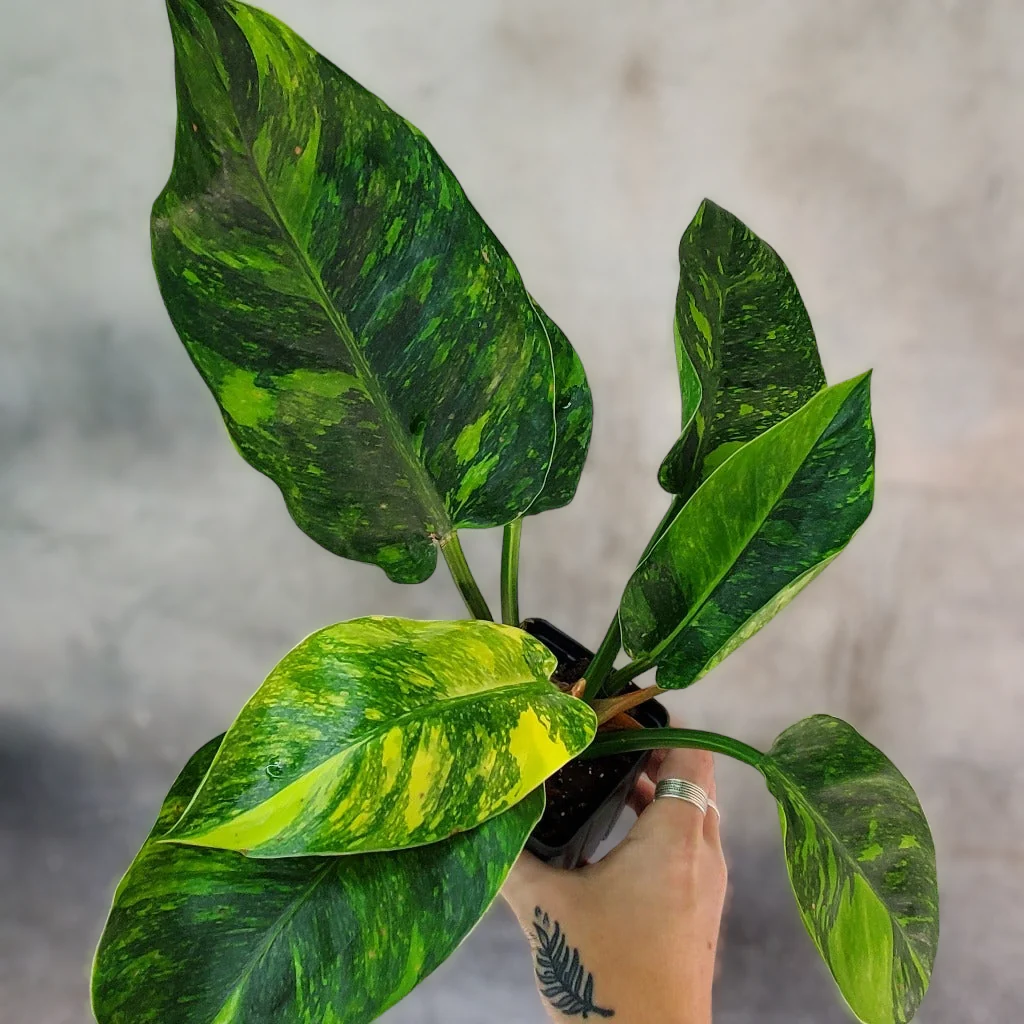
“Discover the unique beauty of the Philodendron Green Congo Variegated! Click the link now to bring this stunning, variegated plant into your home today.”
Why Choose Philodendron Green Congo Variegated
Easy Care
The Philodendron Green Congo Variegated makes an excellent houseplant choice for beginners since it is so easy to care for. It is adaptable to various light conditions. It also tolerates occasional neglect of watering or feeding. The leathery leaves are resistant to breakage or damage. For busy plant parents, this low-maintenance, hardy philodendron is an ideal option.
Decor Friendly
This philodendron variety works well as a decorative accent in home and office spaces. The large, shapely leaves create an eye-catching focal point wherever its placed. The variegated colors blend well with almost any style of decor from modern to bohemian. A benefit of its vining growth habit is that you can train it to climb a moss pole or curtain rod to serve as a living green wall art piece. This is similar to how Rhaphidophora and Monstera can be used as decorative climbing plants.
Pet-Friendly
Many houseplants are toxic if ingested by pets or children. Fortunately, the Philodendron Green Congo is non-toxic and pet-friendly. So you can keep this plant in homes with curious cats, dogs or young kids without worry. The climbing growth will keep the foliage safely out of reach of little hands or paws. Plus, philodendrons help purify indoor air by removing toxins which benefits pet health.
Caring for Philodendron Green Congo Variegated
Light Requirements
The Philodendron Green Congo adapts well to various lighting conditions which makes it easier to find a suitable spot at home. It thrives best in bright, indirect light. Some morning sun from an east-facing window works well. Low to medium light areas are tolerated but may result in slower growth. Direct hot sunlight will scorch the foliage so avoid southern exposures.
Watering Habits
Check soil moisture levels regularly and water when the top few inches become dry. Allow the soil to partly dry out between waterings to prevent root rot. The leaves will start to droop when the plant needs a drink. Increase water slightly in summer and reduce in winter during dormancy. However, don’t allow the soil to fully dry out for prolonged periods in winter. Humidity is appreciated but not essential.
Ideal Temperatures
This tropical plant prefers warm indoor temperatures between 65°F to 80°F year-round. Keep away from cold drafts or windows in winter. Temperatures down to 60°F at night can be tolerated. Avoid exposing it to temperatures below 55°F for extended periods to prevent leaf damage. During summer heat waves, keep it in an air-conditioned room if temperatures exceed 85°F.
“Similar temperature preferences are shared with other tropical plants like Anthurium and Homalomena.”

Philodendron species are the most sought after by aroid plant lovers
Common Issues and Solutions
Leaf Spotting
Sometimes small brown spots may develop on the leaves. This can be due to under or over-watering issues. Check soil moisture and adjust watering frequency. Only water when partly dry. Improve drainage by repotting in fresh potting mix if soil stays soggy. Keep leaves dry to prevent fungal or bacterial leaf spot diseases.
Leaf Curling
If leaf edges start to curl or twist, it is often a sign of low humidity. Mist the leaves regularly or use a humidifier to boost moisture levels around the plant. Make sure temperatures are not too cold either. Curling leaves can also indicate under or over-watering so check soil moisture.
Leggy Growth
In low light conditions, the stems may become long and leggy as the plant reaches for light. Prune leggy stems back to reshape the plant. Provide brighter filtered light to encourage bushier, compact growth. Turn the pot periodically so all sides get light exposure. This is a common issue for many houseplants like Aglaonema and Syngonium.
Slow Growth
Cool temperatures, low light, and under-watering can lead to slow growth. Boost growth by moving the plant to a warmer spot with brighter indirect light. Make sure to water thoroughly when the topsoil dries out. Fertilize in spring and summer using a balanced houseplant fertilizer to supply key nutrients.
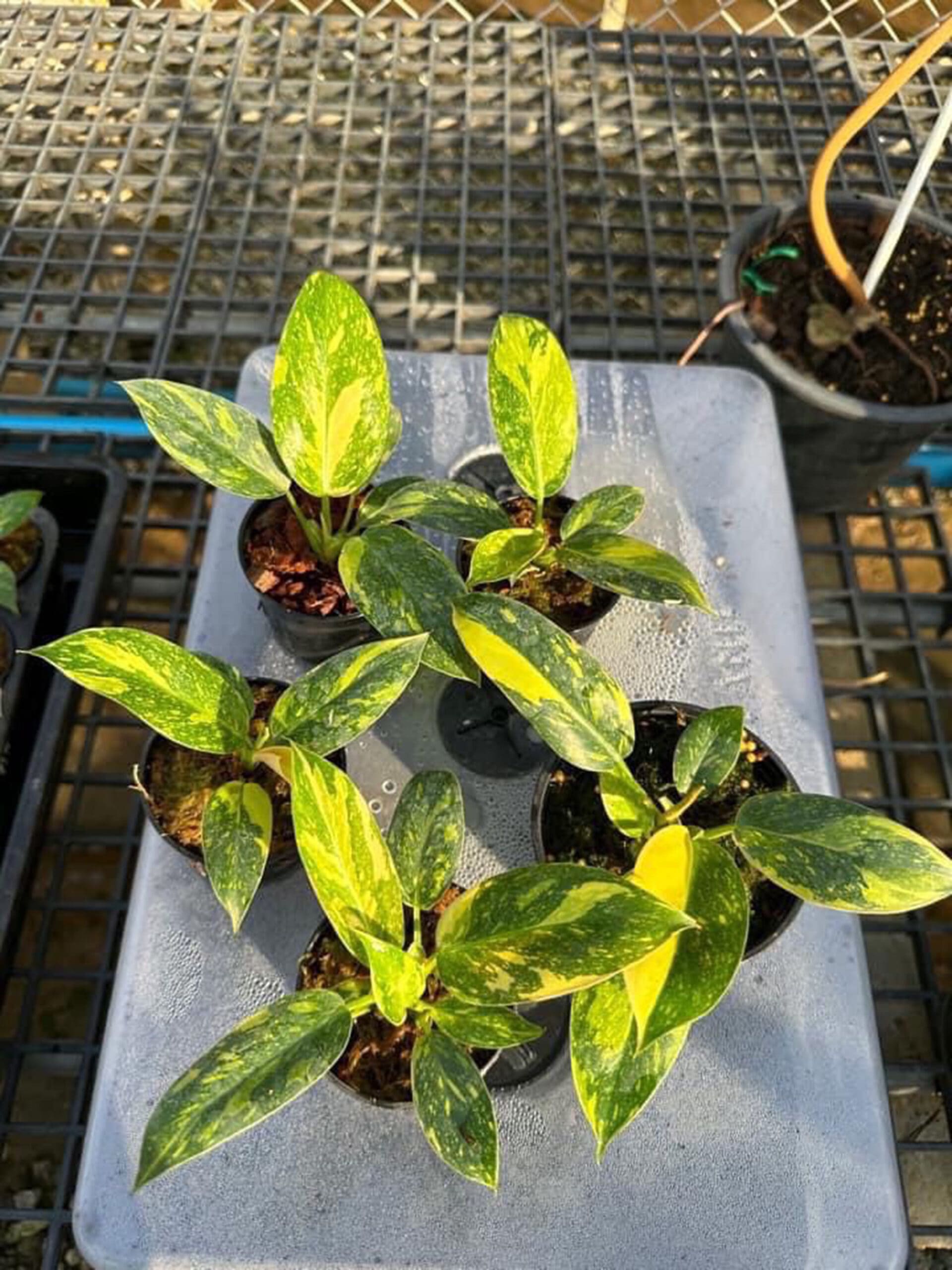
Benefits of Philodendron Green Congo Variegated
Air Purifying
Like many houseplants, the Philodendron Green Congo filters harmful pollutants from indoor air. The large foliage absorbs airborne toxins such as formaldehyde, xylene, and ammonia. These chemicals are released by furniture, cleaning products and building materials. So this pretty philodendron cleans and purifies the air you breathe.
Increases Humidity
The large, lush leaves of the Philodendron Green Congo release moisture into the air through transpiration. This increases humidity levels naturally around the plant. Added humidity benefits other houseplants and can help relieve dry air irritation in pets or people.
Easy Propagation
An advantage of the Philodendron Green Congo is how easy it propagates. You can propagate new plants from stem cuttings rooted in water or potting mix. The vining stems root readily allowing you to multiply your plant collection. Share cuttings with fellow plant lovers.
Conclusion
With its uniquely patterned and textured foliage, the Philodendron Green Congo Variegated makes a must-have addition for houseplant collectors. No two plants look exactly the same making each one rare and special. This low-maintenance philodendron variety brightens up indoor spaces with minimal care. For an easy yet gorgeous houseplant, the Philodendron Green Congo Variegated is definitely a great choice. This propagation method is similar to that used for Epipremnum and Scindapsus.
FAQs
Is the Philodendron Green Congo rare?
Yes, the Philodendron Green Congo Variegated is considered rare compared to other philodendron varieties due to the variability in leaf patterns. No two plants have identical variegation making each one unique.
How do you care for a Philodendron Green Congo?
Caring for this philodendron variety is quite easy. Provide bright, indirect light, average room temperatures, and allow the soil to partly dry between waterings. Mist leaves to boost humidity. Fertilize monthly in spring and summer.
What causes brown spots on Philodendron Green Congo leaves?
Brown leaf spots are usually caused by overwatering, underwatering, or low humidity. Adjust watering practices and mist leaves regularly to prevent spots. Keep leaves dry to avoid fungal or bacterial diseases.
Why is my Philodendron Green Congo growing slowly?
Insufficient light, cool temperatures, and under-watering can slow growth. Provide bright filtered light, keep temperatures above 65°F, and water thoroughly when the topsoil dries out. Fertilizing in the growing season also encourages faster growth.
Is the Philodendron Green Congo toxic to pets?
No, this philodendron variety is non-toxic making it safe for homes with pets. However, supervise curious pets around the plant to prevent chewing or damage. Keep the vining philodendron out of reach from kids and pets.

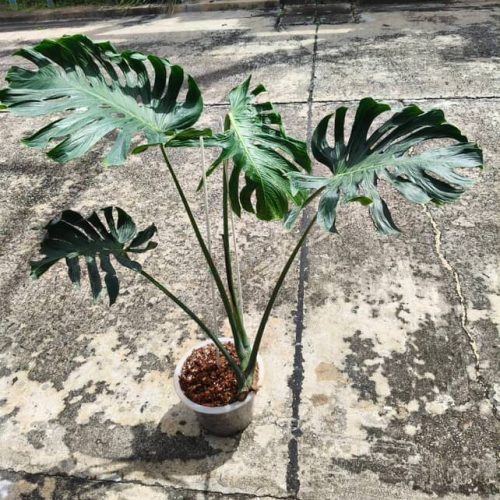
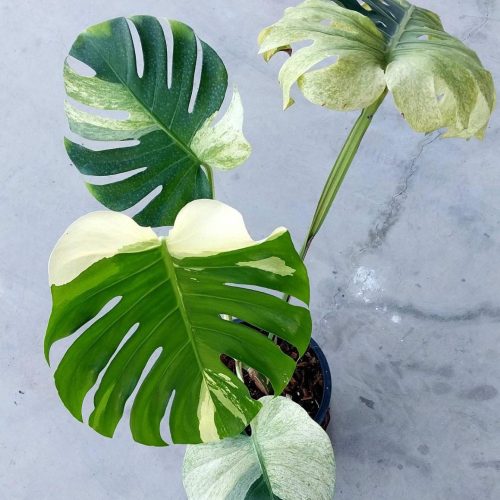



![12x Monstera Borsigiana Albo half leaves variegata [3-4 leaves]](https://greenboog.com/wp-content/uploads/2024/10/Monstera-Borsigiana-Albo-half-leaves-variegata-1-500x500.jpg)
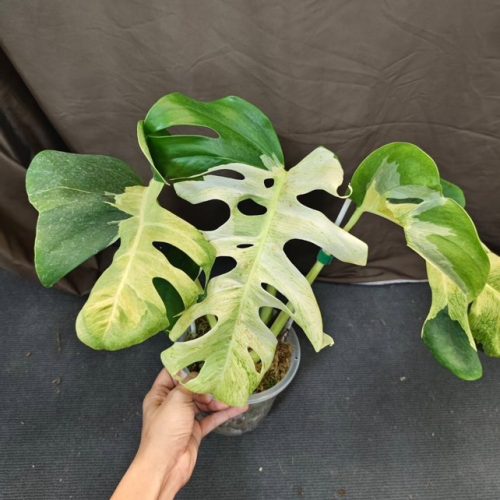

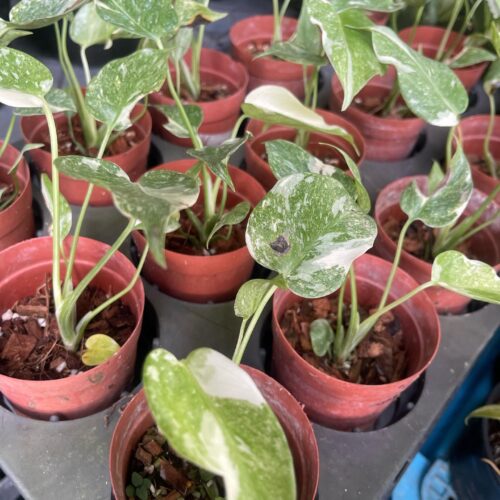
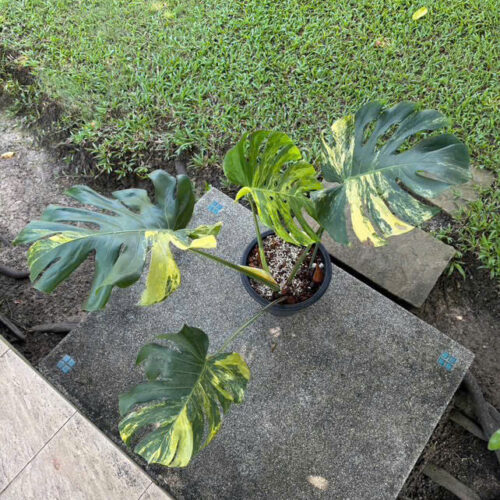
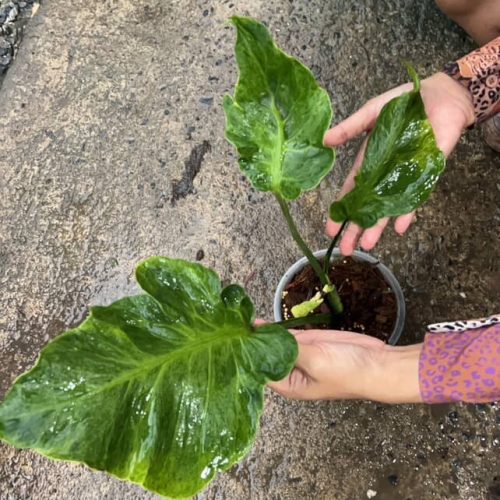
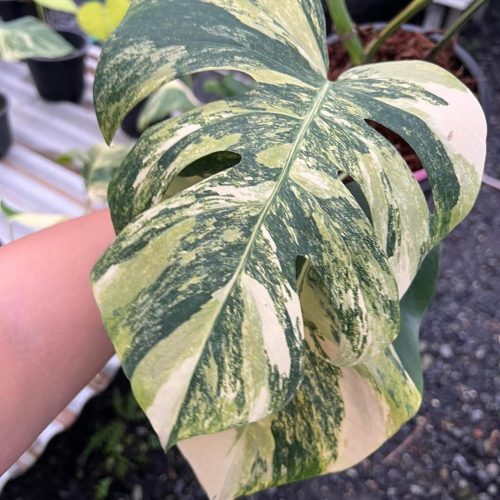

![10 Pots x Monstera Aurea Variegated / Mix Aurea tri color 3-4 leaves [well variegated]](https://greenboog.com/wp-content/uploads/2024/08/Monstera-Aurea-Tri-color-500x500.jpg)

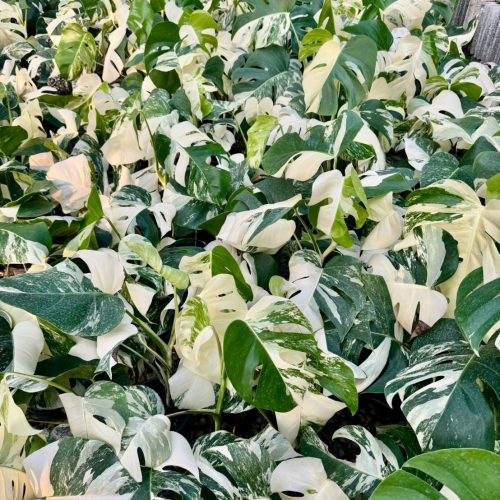
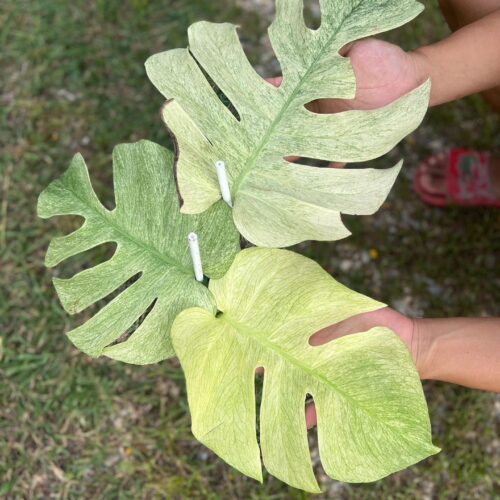
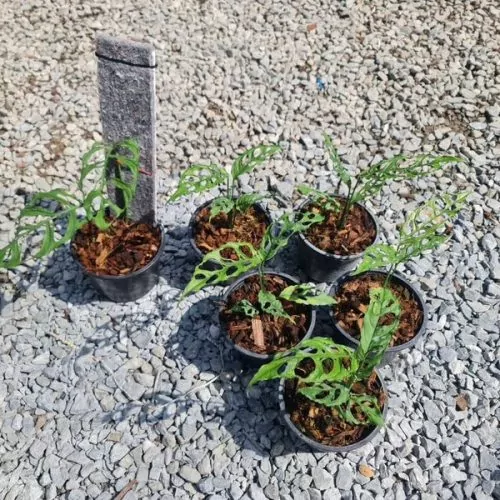
![[SALE] 10 Pots x Monstera Aurea Variegated 3-6 leaves [Medium size]](https://greenboog.com/wp-content/uploads/2025/01/Monstera-Aurea-variegated-4-6-leafs-500x482.jpg)





















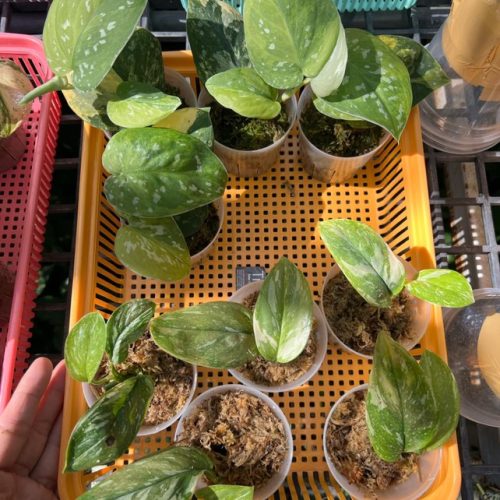
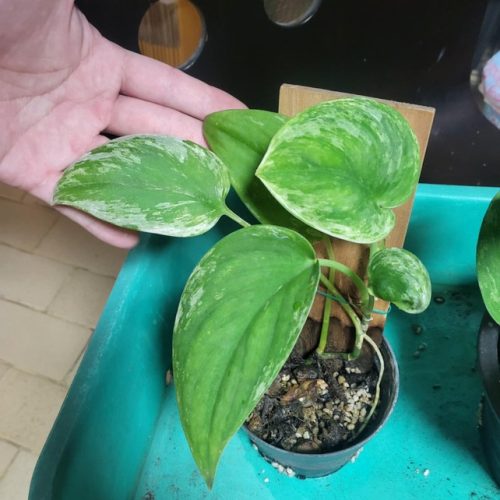

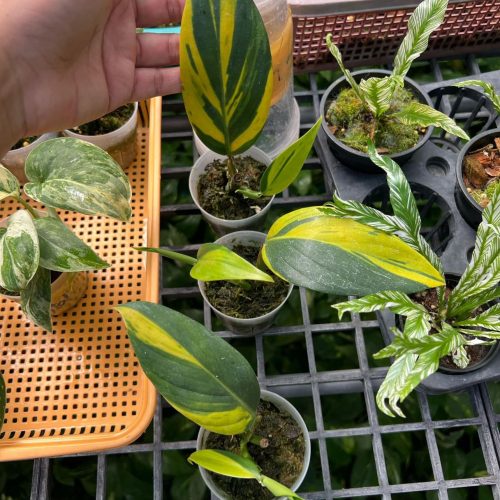
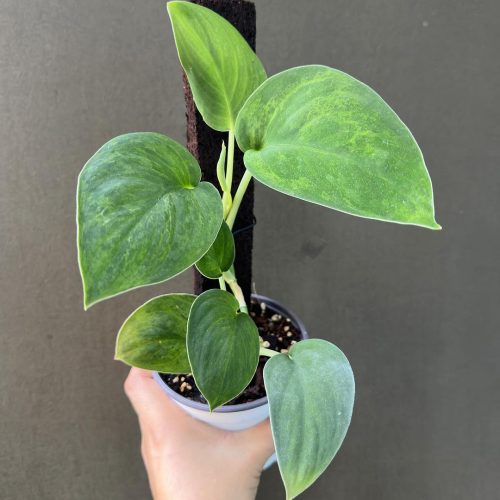

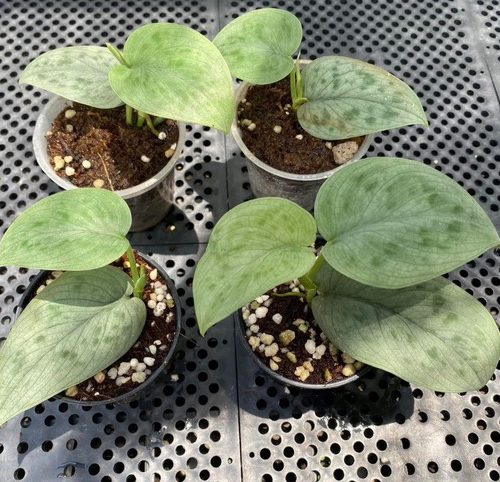

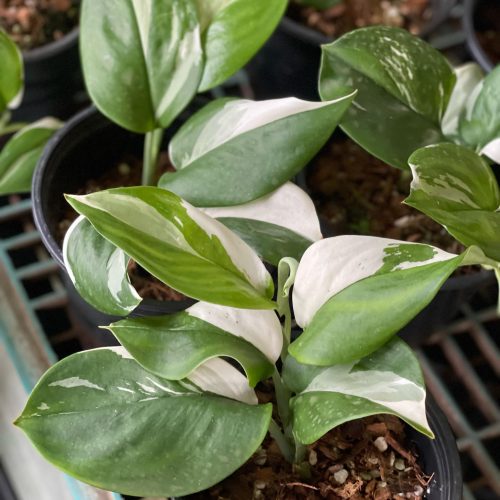
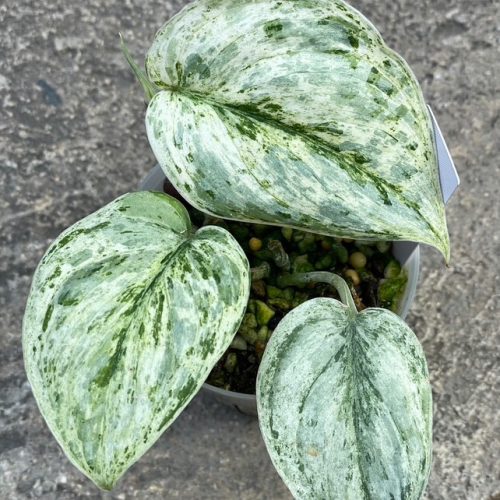
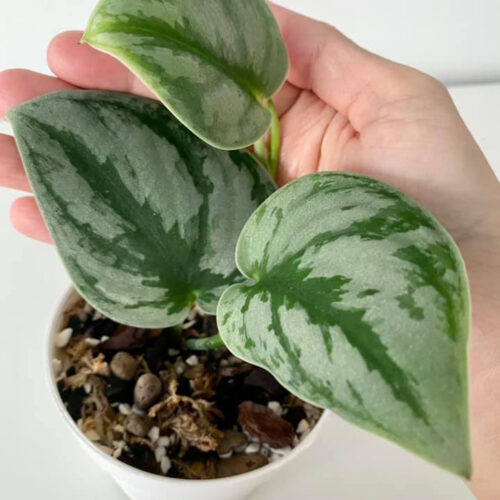
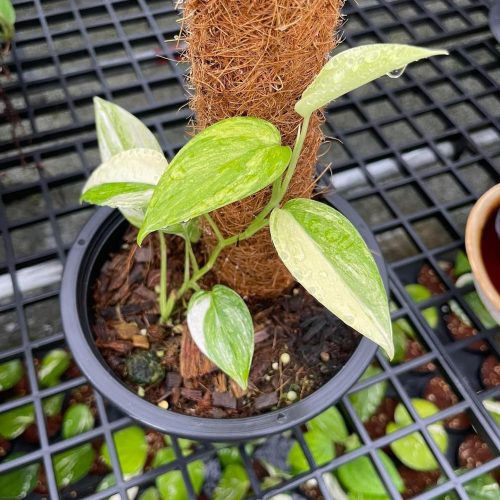
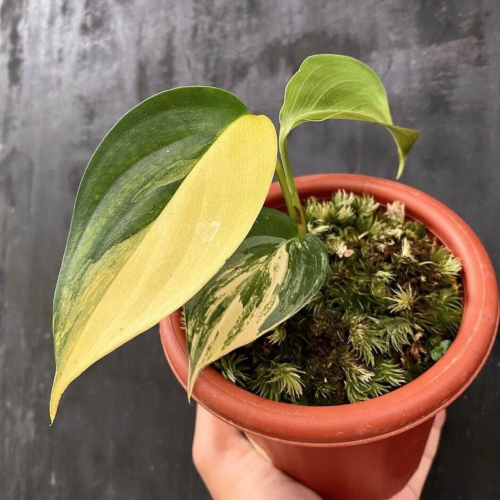
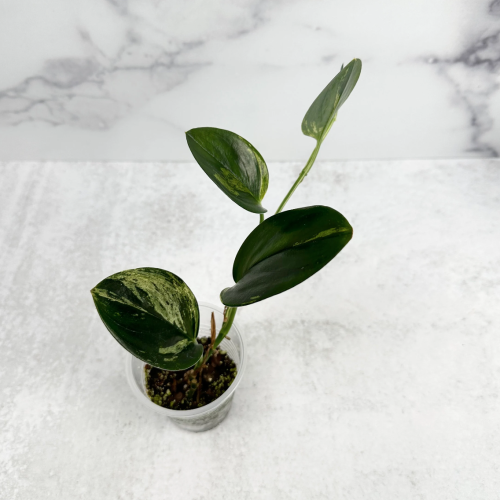
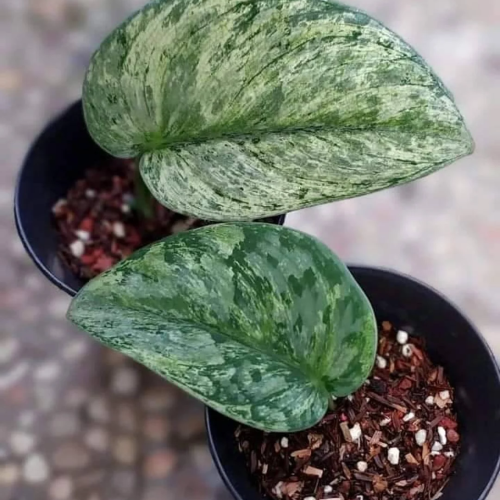
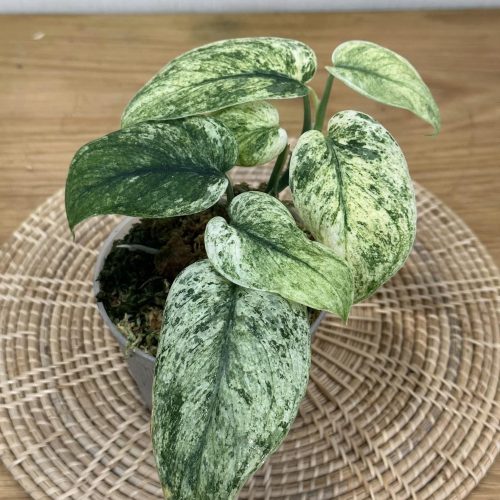
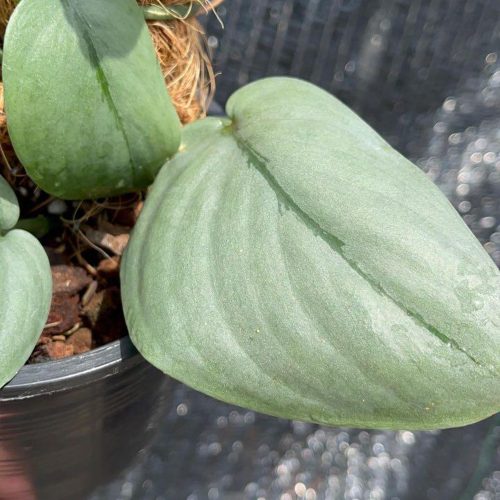

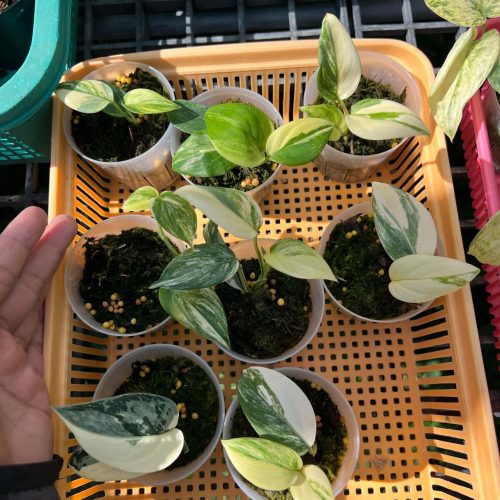

Are the unique patterns and colors of variegated plants purely aesthetic, or do they serve a purpose in the plant’s survival and growth?”,
“refusal